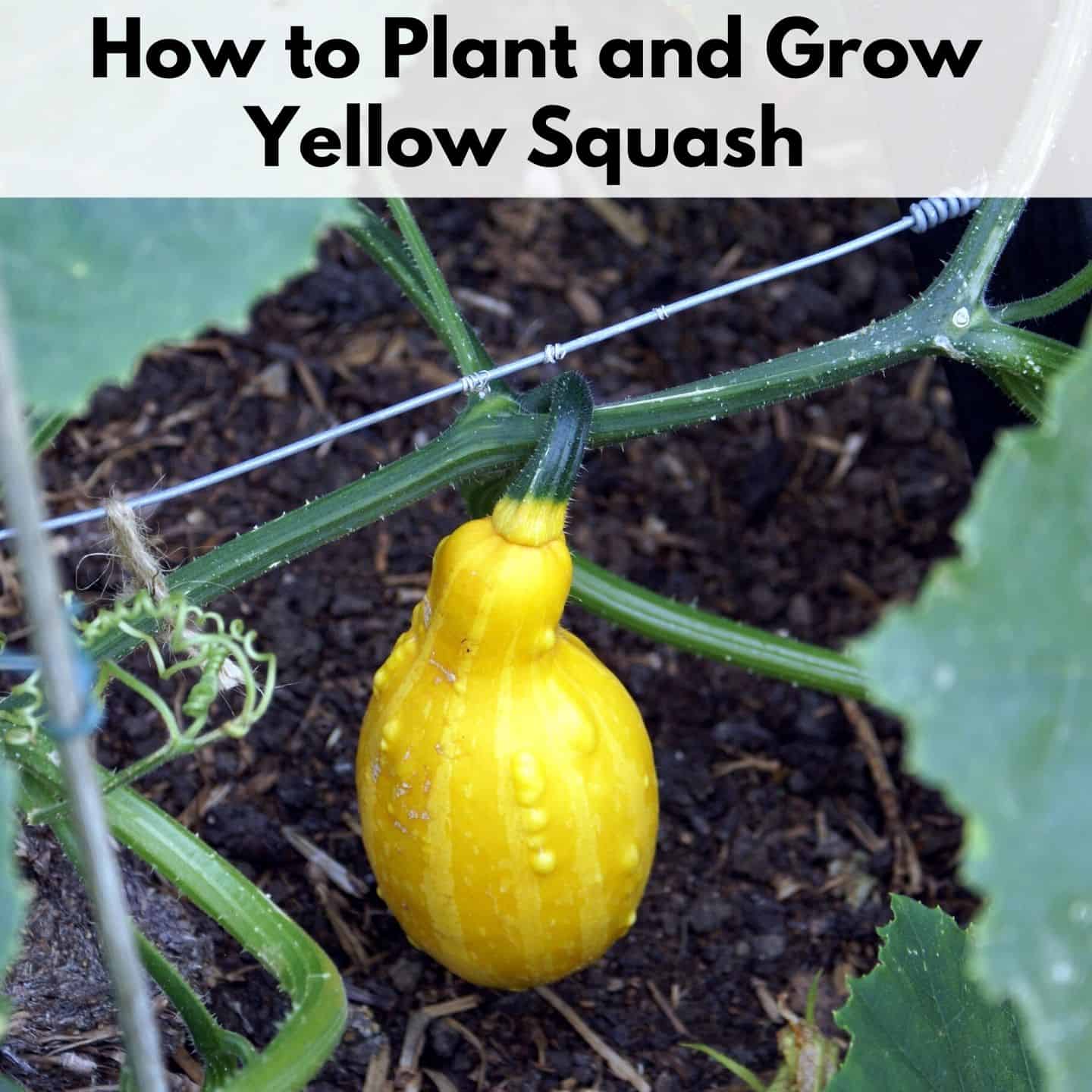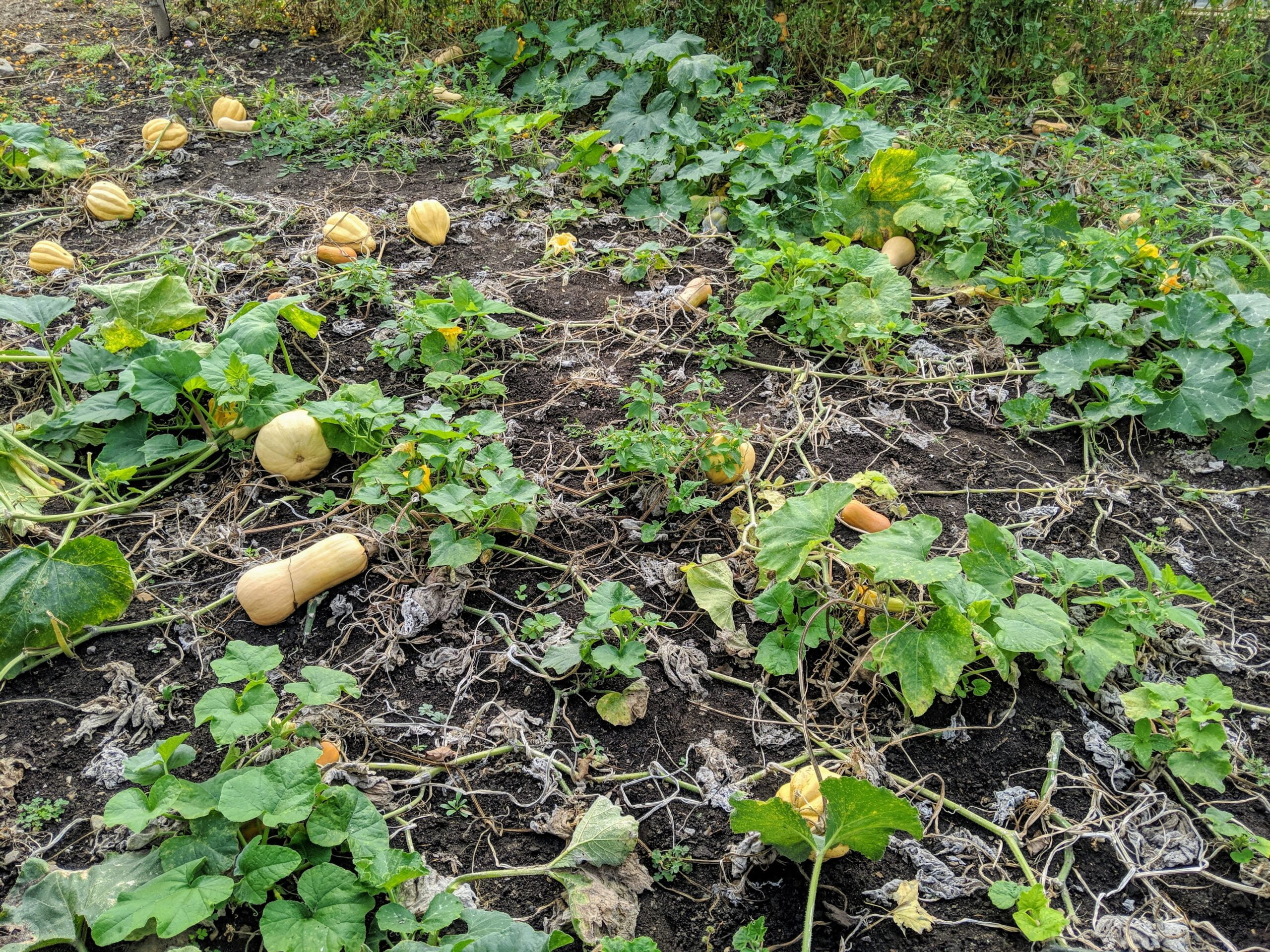Imagine having a flourishing garden with vibrant yellow squash plants, basking in the warmth of the sun. As a gardening enthusiast, you may find yourself wondering, “How many yellow squash per plant?”. In this article, we will explore the exciting world of yellow squash cultivation and provide insights into the potential yield you can expect from each plant. Delve into the fascinating realm of gardening as we uncover the answer to this intriguing question.
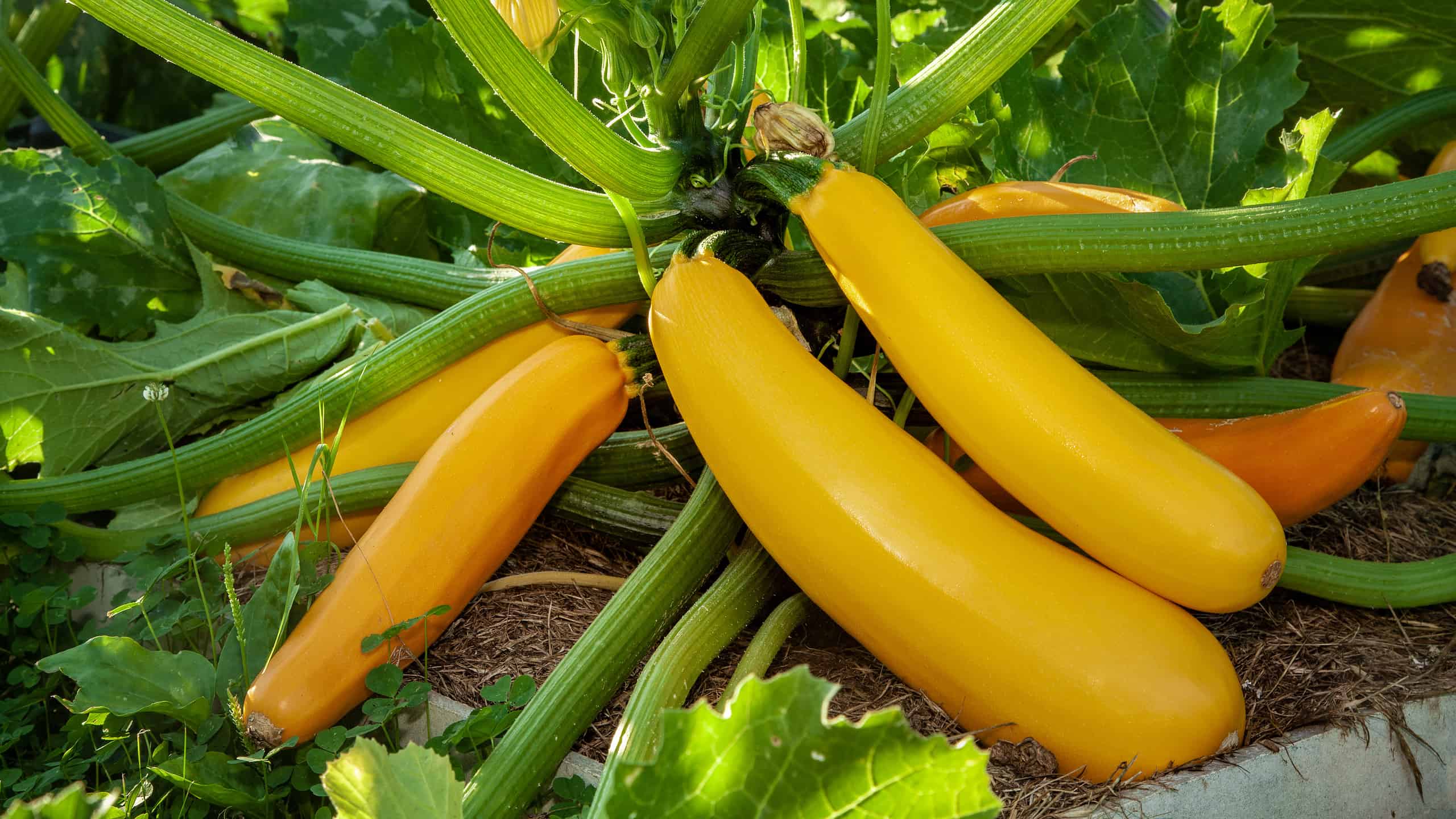
Factors That Affect Yellow Squash Production
Climate and Growing Conditions
The climate plays a crucial role in the successful production of yellow squash. Yellow squash thrives in warm weather, with temperatures ideally ranging between 70°F and 80°F (21°C and 27°C). Frost can be harmful to the delicate squash plants, so it’s important to plant them after the last frost date in your region. Additionally, yellow squash requires full sun exposure of at least six hours per day for optimal growth and production.
Plant Variety
Choosing the right plant variety is essential for maximizing yellow squash production. Some popular yellow squash varieties include Yellow Crookneck, Straightneck Yellow, and Yellow Summer. Each variety has its own unique characteristics, such as shape and taste. Be sure to select a variety that is well-suited to your growing conditions and desired preferences.
Soil Fertility
The fertility of the soil in which yellow squash is grown greatly influences its production. Squash plants thrive in well-drained soil with a pH ranging from 6.0 to 6.8. Prior to planting, it’s recommended to amend the soil with organic matter, such as compost or well-rotted manure, to improve its fertility. This helps provide the necessary nutrients for healthy plant growth and high yields.
Pollination
Pollination is a crucial factor in yellow squash production. Squash plants have both male and female flowers, and they rely on insects, primarily bees, for pollination. To ensure proper pollination, it’s important to create a pollinator-friendly environment by providing a variety of flowering plants nearby and avoiding the use of harmful pesticides that can harm bees. Adequate pollination results in fully formed fruits and higher yields.
Pest and Disease Management
Effective pest and disease management is essential for protecting yellow squash plants and maximizing production. Common pests that can affect yellow squash include squash bugs, cucumber beetles, and aphids. Regular monitoring and timely intervention with natural insecticides or organic pest control methods can help keep these pests at bay. Additionally, preventing and managing common squash diseases, such as powdery mildew and bacterial wilt, is crucial for maintaining plant health and productivity.
Determining the Expected Yield
Factors That Influence the Yield
Several factors influence the yield of yellow squash, including climate conditions, plant health, pollination success, and pest and disease management. By providing optimal growing conditions and effectively managing these factors, you can maximize the yield of your yellow squash plants.
Average Yield per Plant
On average, a single yellow squash plant can produce between 5 and 15 pounds of squash throughout its lifespan. However, the actual yield may vary depending on various factors, such as plant variety, growing conditions, and proper care. By implementing the right cultivation practices and following the tips mentioned later in this article, you can increase the yield per plant.
Harvest Timeframe
The harvest timeframe for yellow squash varies depending on the variety and growing conditions. Yellow squash is typically ready for harvest approximately 40 to 60 days after planting. It’s important to regularly monitor the plants and harvest the squash when they reach the desired size, usually around 6 to 8 inches in length. Harvesting consistently and promptly will encourage continual production throughout the growing season.
Optimal Spacing for Yellow Squash Plants
Planting in Rows
When planting yellow squash in rows, it’s important to provide adequate spacing between the plants. Leave approximately 24 to 36 inches between each plant to allow for proper air circulation and growth. This spacing also ensures that the plants have enough room for their extensive root systems to develop and access nutrients in the soil.
Raised Beds or Containers
For limited space or more controlled growing conditions, yellow squash can be planted in raised beds or containers. In a raised bed, space the plants about 12 to 18 inches apart. When using containers, choose ones that are at least 5 gallons in size to accommodate the growing needs of the plant.
Companion Planting
Companion planting is a gardening technique that involves planting compatible plants together to maximize growth and deter pests. When it comes to yellow squash, some beneficial companion plants include marigolds, nasturtiums, and herbs like basil and dill. These plants help repel pests and attract beneficial insects that can aid in pollination, ultimately leading to increased yellow squash production.
Methods of Planting Yellow Squash
Direct Seeding
Direct seeding is the most common method of planting yellow squash. It involves sowing seeds directly into the prepared soil where they will grow. Before planting, ensure that the soil temperature is consistently above 60°F (15°C) for successful germination. Plant the seeds about 1 inch deep and 12 to 18 inches apart, depending on the desired spacing. Regularly water the area to keep the soil evenly moist until the seeds germinate.
Transplanting
Transplanting yellow squash seedlings is another option for starting your plants. This method involves growing the seedlings indoors or in a greenhouse before transferring them to the garden. Start the seedlings approximately four weeks before the last expected frost date. Transplant them to the garden once the soil has warmed up and there is no risk of frost. Ensure that each transplant is placed at the appropriate spacing mentioned earlier to allow for proper growth and development.
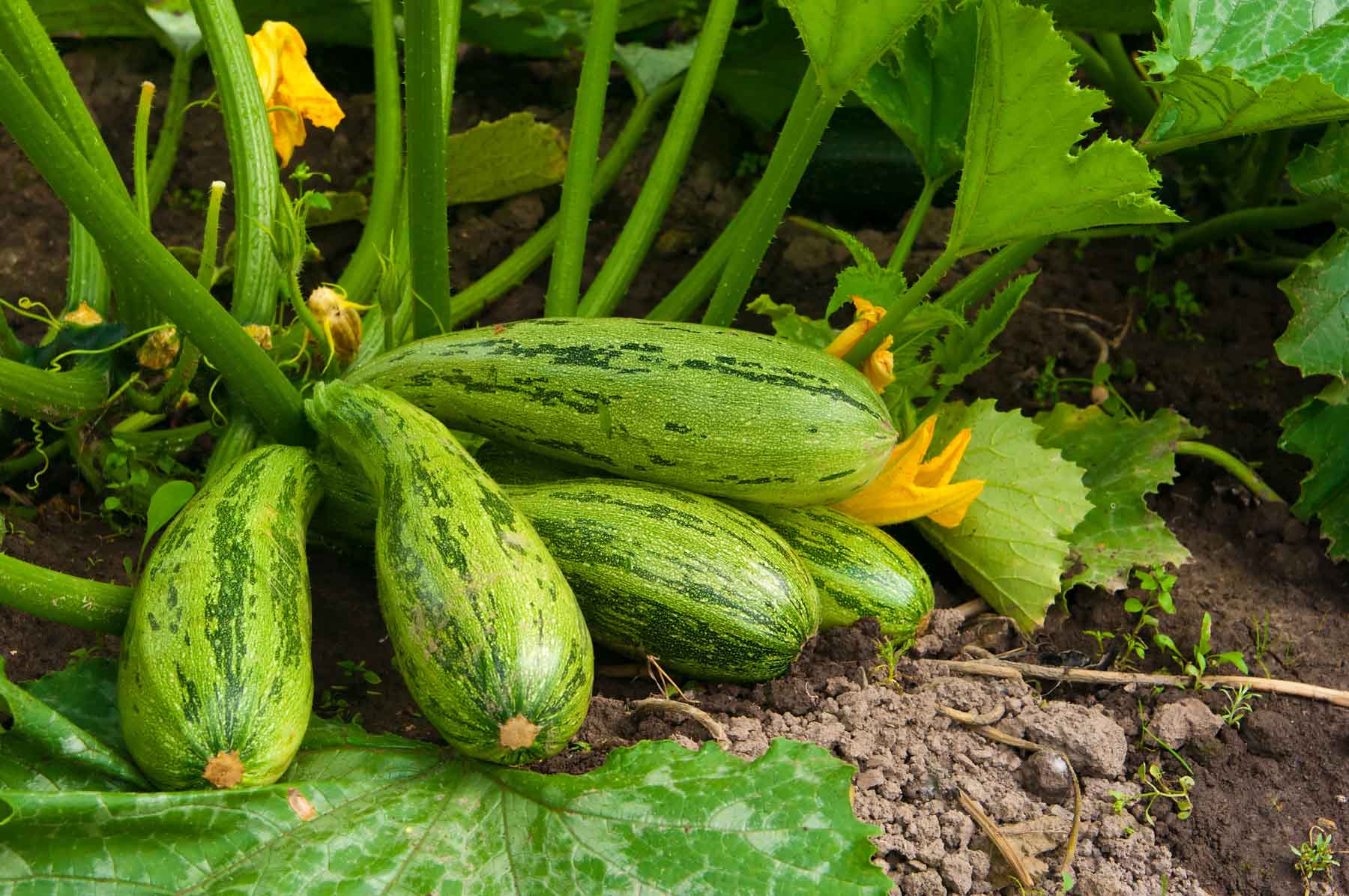
Caring for Yellow Squash Plants
Watering Requirements
Yellow squash plants require consistent moisture to thrive and produce optimal yields. Water the plants deeply, providing approximately 1 inch of water per week. However, be cautious not to overwater, as excessively soggy soil can lead to root rot and other fungal diseases. It’s best to water the plants at the base using drip irrigation or a soaker hose to avoid wetting the foliage, which can promote disease development.
Fertilization
Supplying the plants with adequate nutrients is essential for healthy growth and maximum production. Prior to planting, amend the soil with organic matter, as mentioned earlier, to improve fertility. You can also incorporate a balanced fertilizer, such as a 10-10-10 NPK formula, following the package instructions for application rates. Additionally, applying a side-dressing of compost or aged manure during the growing season can provide a nutrient boost for the plants.
Supporting the Plants
As yellow squash plants grow, they can become heavy and spread out, with the leaves and fruits resting on the ground. Providing support to the plants helps prevent damage, improves air circulation, and reduces the risk of disease. Use trellises, stakes, or cages to support the plants and lift them off the ground. This also makes it easier for you to harvest the squash and keeps them cleaner by preventing contact with the soil.
Harvesting Yellow Squash
Determining the Right Time
Yellow squash is typically ready to harvest when the fruits have reached a length of 6 to 8 inches and have a vibrant yellow color. Avoid waiting until the fruits become too large, as they can become overripe and lose their tender texture. Harvesting frequently, every two to three days, encourages the plant to continue producing new fruits and prolongs the overall harvest period.
Harvesting Techniques
To harvest yellow squash, gently hold the fruit near the stem and twist it off the plant. Avoid snapping or forcefully pulling the squash, as this can damage the plant. Use a sharp knife or pruning shears if necessary, but be careful not to injure the plant or nearby fruits and foliage. Once harvested, store the squash in a cool, dry place or in the refrigerator to maintain its freshness.

Factors Leading to Decreased Yield
Poor Pollination
Insufficient pollination can result in decreased yields of yellow squash. If bees and other pollinators are scarce in your area, you can hand-pollinate the flowers. Gently transfer pollen from the male flower to the female flower using a small brush or your finger. By ensuring adequate pollination, the fruits will develop fully and yield a higher quantity of squash.
Inadequate Watering
Inconsistent or inadequate watering can greatly affect yellow squash production. Drought stress can cause the plants to drop flowers and reduce fruit set. It’s important to water the plants regularly and deeply to maintain consistent moisture levels in the soil. Mulching around the plants helps retain soil moisture and suppress weeds, further aiding in water retention.
Pest Infestation
Pests, such as squash bugs and cucumber beetles, can cause significant damage to yellow squash plants and lead to decreased yields. Regularly monitor the plants for signs of pests and take immediate action to control them. Methods such as handpicking pests, using insecticidal soaps or mild organic insecticides, and introducing beneficial insects can help manage pest populations effectively.
Disease Outbreaks
Common squash diseases, like powdery mildew and bacterial wilt, can negatively impact yellow squash production. Proper sanitation, including removing and disposing of infested plant debris, can help prevent disease outbreaks. Applying organic fungicides or disease-resistant varieties can also aid in disease management and preserve the health and productivity of the plants.
Common Yellow Squash Varieties
Yellow Crookneck
Yellow Crookneck squash is characterized by its distinct curved neck and smooth, bright yellow skin. It has a mild and slightly sweet flavor, making it a favorite for both cooking and eating raw. This variety is known for its prolific production of tender squash and is often harvested at a smaller size, around 4 to 6 inches in length.
Straightneck Yellow
As the name suggests, Straightneck Yellow squash features a straight neck and smooth, glossy skin. It has a similar flavor profile to Yellow Crookneck, with a mild and slightly nutty taste. Straightneck Yellow is prized for its productivity and usually harvested when it reaches a length of 6 to 8 inches.
Yellow Summer
Yellow Summer squash is favored for its versatility and excellent taste. It has a straight shape and smooth, vibrant yellow skin. Yellow Summer squash can be harvested at various sizes, depending on preference, ranging from smaller baby squashes to larger mature fruits. Its tender flesh and mild, delicate flavor make it a popular choice for grilling, sautéing, and using in various culinary creations.
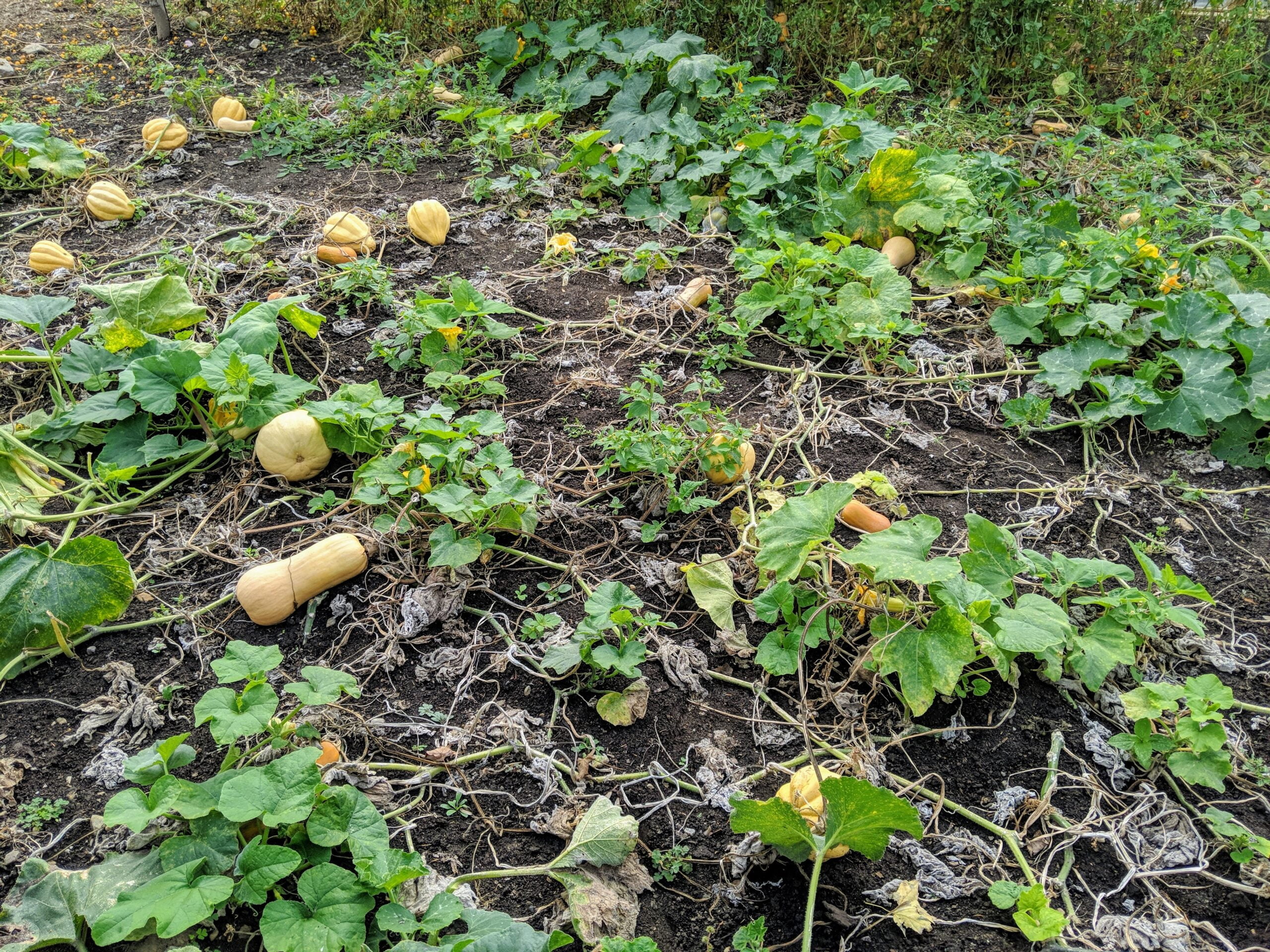
Tips for Increasing Yellow Squash Production
Proper Plant Nutrition
Providing adequate plant nutrition is essential for maximizing yellow squash production. Start by preparing the soil with organic matter before planting to improve its fertility. Additionally, balancing the nutrient levels in the soil through appropriate fertilization, as mentioned earlier, helps ensure that the plants have everything they need for healthy growth and high yields.
Consistent Moisture
Maintaining consistent moisture levels is crucial for yellow squash plants. Water deeply and regularly, ensuring the soil remains moist but not waterlogged. Mulching around the plants helps retain moisture, reduce evaporation, and suppress weed growth, creating a favorable environment for optimal production.
Monitor for Pests and Diseases
Regularly monitor the yellow squash plants for signs of pests and diseases. Early detection allows for timely intervention, minimizing potential damage and yield loss. Inspect the plants thoroughly, including the undersides of leaves, and take appropriate measures to control pests or diseases using organic and environmentally friendly methods.
Hand Pollination
If pollinators are scarce in your area, consider hand-pollinating the yellow squash flowers. Gently transfer pollen from the male flowers to the female flowers using a small brush or your finger. This manual intervention ensures that proper pollination takes place, resulting in fully developed fruits and increased yields.
Popular Yellow Squash Recipes
Grilled Yellow Squash
Grilling yellow squash is a delicious way to enhance its natural flavors. Simply slice the squash into thin, lengthwise strips, brush them with olive oil, and sprinkle with salt and pepper. Grill the strips over medium-high heat for a few minutes on each side until they are tender and have distinct grill marks. Serve as a side dish or use them as a topping for salads, sandwiches, or pizzas.
Yellow Squash Soup
Yellow squash soup is a comforting and nutritious dish that highlights the sweetness of the squash. Start by sautéing chopped onions and garlic in a pot with olive oil. Add sliced yellow squash, vegetable broth, and your choice of herbs and spices. Simmer until the squash is tender, then use an immersion blender or a regular blender to puree the soup until smooth. Season with salt and pepper, and serve hot with a sprinkle of fresh herbs.
Yellow Squash Casserole
Yellow squash casserole is a classic and crowd-pleasing recipe. Slice the squash into rounds and sauté them with onions until tender. Combine the cooked squash mixture with breadcrumbs, shredded cheese, eggs, and your choice of seasonings. Transfer the mixture to a baking dish, top with additional cheese and breadcrumbs, and bake until golden brown and bubbly. This comforting casserole makes a great side dish for any meal.
With the right knowledge and care, you can successfully grow and maximize the production of yellow squash in your garden. By considering factors such as climate, plant variety, soil fertility, and effective pest and disease management, you can create the ideal conditions for your yellow squash to thrive. Providing optimal spacing, choosing the appropriate planting method, and implementing proper care, including watering and fertilization, will further enhance the yield. Remember to monitor for pests and diseases, hand-pollinate if necessary, and follow the helpful tips shared in this article to increase your yellow squash production. And don’t forget to enjoy the fruits of your labor with delicious recipes like grilled yellow squash, yellow squash soup, and yellow squash casserole. Happy gardening and happy cooking!
